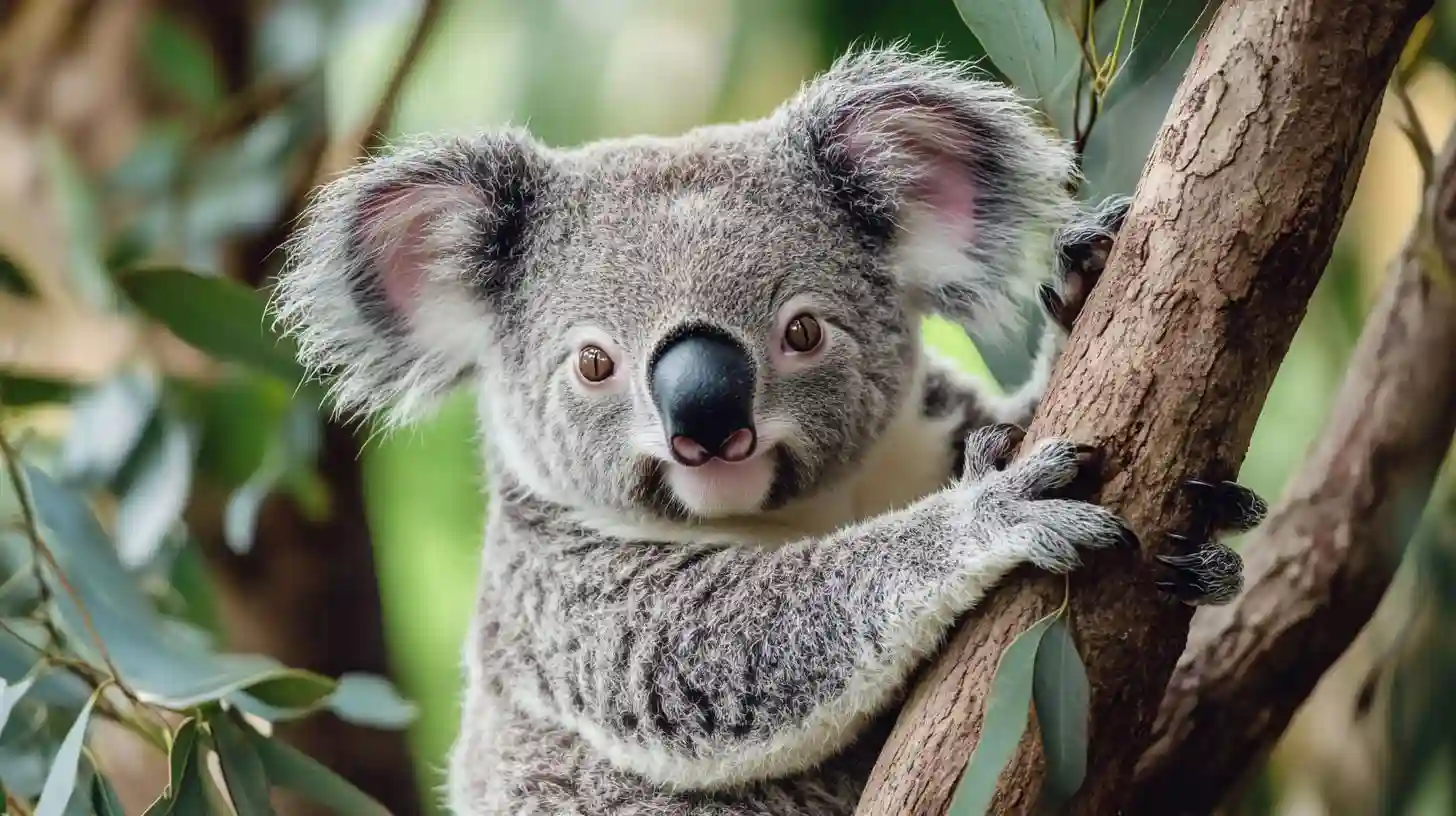
Koalas are synonymous with Australia's natural heritage, drawing millions of visitors eager to glimpse these gentle marsupials perched in the eucalyptus trees. However, these iconic creatures now face an uncertain future, as their populations continue to dwindle due to a combination of environmental challenges, habitat loss, and climate change. As the situation becomes increasingly dire, various conservation efforts are being implemented to ensure the survival of these beloved animals and the ecosystems they inhabit.
The primary threat to the koala population is habitat destruction, largely driven by urban development, agriculture, and tree clearing for infrastructure. As human populations expand, the natural habitats of koalas are encroached upon, drastically reducing their living space. With less forest available, the likelihood of encountering other koalas decreases, leading to a decline in genetic diversity and making it harder for them to recover from various health issues. Specifically, the loss of their primary food source, eucalyptus trees, poses a significant challenge. These trees are not only vital for sustenance but also for providing shelter and breeding grounds.
Climate change further exacerbates the plight of koalas. Increasing temperatures and shifting weather patterns affect the health and availability of eucalyptus trees. Prolonged droughts hinder the growth of these trees, while intense bushfires—made worse by climate change—can decimate entire koala populations and their habitats in a matter of hours. The devastating bushfires in recent years highlighted just how vulnerable these iconic animals are to environmental extremes, leading to significant loss of life and habitat.
In response to these threats, several conservation initiatives are underway across Australia, aiming to protect koalas and their habitat. One approach involves habitat restoration, where organizations work tirelessly to plant new eucalyptus trees in areas that have been degraded or cleared. By expanding their living space and ensuring these trees are plentiful, the hope is to help koala populations bounce back and thrive in a safer, more sustainable environment.
Community involvement plays a vital role in these conservation efforts. Local groups and volunteers participate in tree-planting days and habitat rehabilitation projects, fostering a sense of stewardship for the land they live on. Educational programs aimed at raising awareness about the importance of koala conservation encourage people to take part in protecting their habitats. Schools and communities have organized efforts to reduce tree-clearing practices and support eco-friendly land management strategies that benefit both wildlife and humans.
Moreover, research is essential to understanding the needs of koalas better and developing effective conservation strategies. Scientists study their behavior, genetics, and health to gain insights that can guide conservation efforts. Monitoring the populations through tracking technologies allows researchers to gather data on their movement patterns and health status, ultimately ensuring that the interventions implemented are effective and timely.
Another critical aspect of koala conservation involves veterinary care for sick or injured individuals. Organizations often provide rescue and rehabilitation services for koalas affected by injuries, illness, or trauma from car accidents and dog attacks. Such emergencies are common, given that many koalas dwell in areas near urban developments. By treating these koalas and providing them with a safe environment until they can return to the wild, conservationists increase the chances of survival for individual animals while also contributing to the overall health of the population.
Legislation plays a vital role in the conservation landscape as well. Various protections have been put in place at state and federal levels to safeguard koalas and their habitats. These laws regulate land use and prevent unnecessary clearing, ensuring that koala habitats remain intact and that populations can stabilize. Advocacy and lobbying for stronger protections are ongoing efforts as conservationists continue to fight against policies that threaten wildlife and their ecosystems.
International collaboration is also crucial in the broader context of wildlife conservation. Many countries face similar challenges with native species and biodiversity loss, making it imperative to share knowledge, resources, and strategies. Australia has the opportunity to learn from successful conservation programs worldwide and adapt those practices to its unique environment and the needs of its iconic species.
At present, as the struggle to save koalas intensifies, the collective efforts of individuals, organizations, and authorities will determine the fate of these cherished animals. Increasing awareness and proactive measures can lead to meaningful change and ultimately foster a future where koalas return to a thriving ecosystem, continuing to be an essential part of Australia’s natural landscape. The koala symbolizes resilience, and with concerted efforts, conserving this extraordinary species is within reach, allowing future generations to enjoy their presence among the eucalyptus trees.